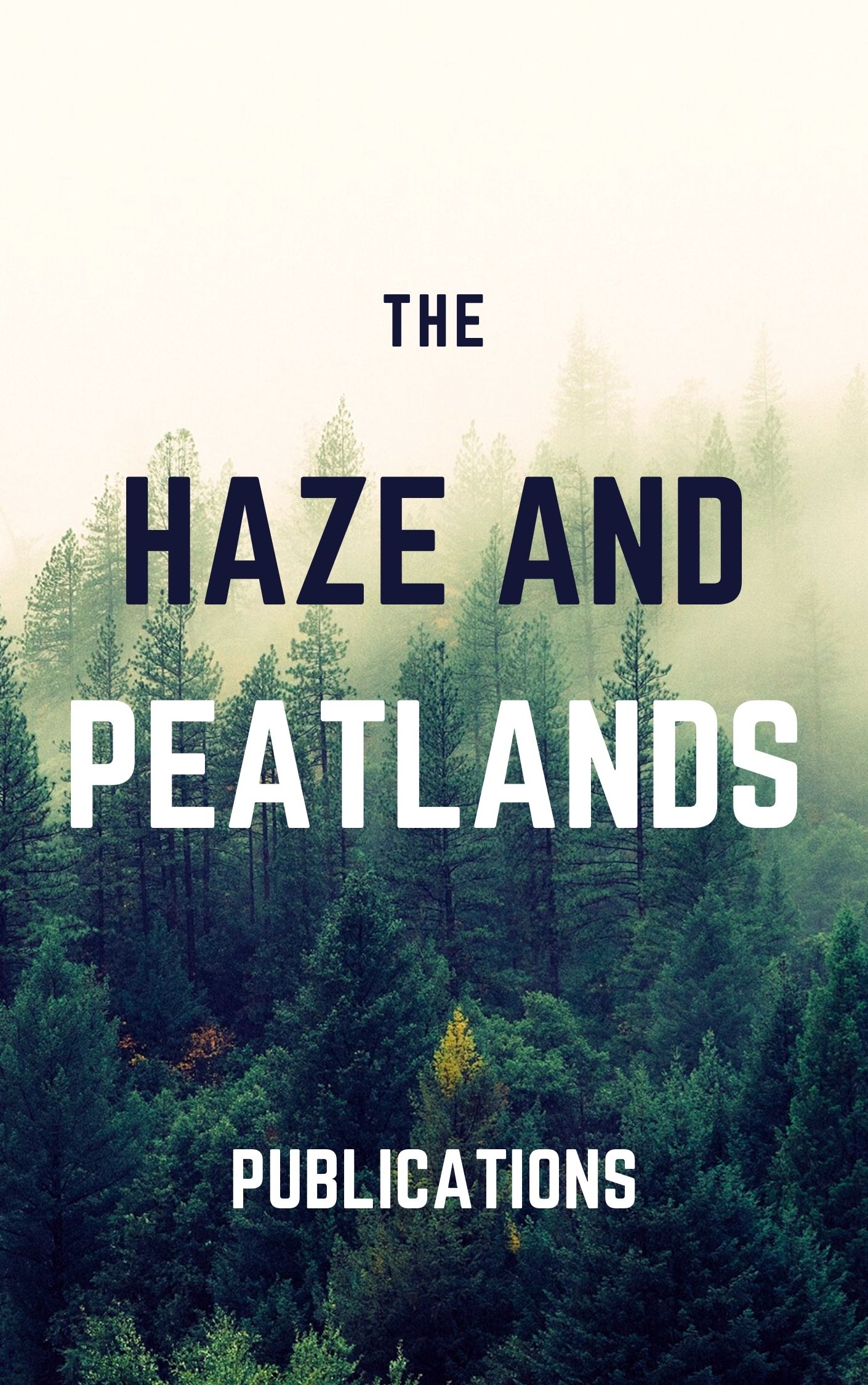Indonesia is the largest producer of palm oil; it is essential to manage its palm oil industry in a sustainable manner through swapping the oil palm plantation in peatland to mineral soil to reduce the greenhouse gas emissions. This study employed the latest spatial data using the ArcGIS software to analyze the potential area for the land swap option and to calculate the potential reduction in greenhouse gas emissions in Kalimantan, Indonesia. There are 1.08 million ha of oil palm in peatland, while 0.64 million ha of the area in mineral soil under the convertible production forest have the potential for land swapping. Via the land-swap option, emission reductions of 65.43% (from 979.05 MtCO(2)eq to 336.64 MtCO(2)eq) for the calculation period of 25 years and up to 61.19% (from 2147.81 MtCO(2)eq to 833.67 MtCO(2)eq) for that of 50 years is possible compared to the initial condition. The land swap will also increase the production of fresh fruit bunch (FFB) by 17.16% per year because the productivity of FFB in mineral soil is higher than that of the peatland. Considering that land swaps are costly, policymakers and stakeholders must collaborate to execute the land-swap option for the sustainability of Indonesian palm oil.
View source

